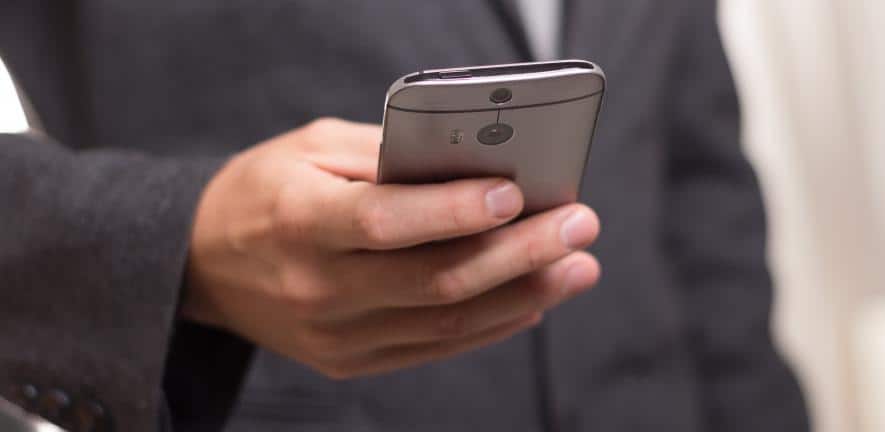According to the 2018 U.S. Census, smart phones are present in 85% of American households. They are reportedly viewed 14 million times a day, making them potential receptacles for environmental hazards such as allergens. A new study being presented at this year’s American College of Allergy, Asthma and Immunology (ACAAI) Annual Scientific Meeting in Louisville, KY, showed elevated levels of cat and dog allergens, as well as β-D glucans (BDG) and endotoxin on simulated phone models.
“Smartphones showed elevated and variable levels of BDG and endotoxin, and cat and dog allergens were found on smartphones of pet owners” says Hana Ruran, lead author on the study. “BDGs are found in fungal cell walls and have been found in many environments and surfaces causing chronic airway and irritant symptoms – making BDGs a consistent marker to study problematic mold. Endotoxin is a potent inflammatory agent and a marker of exposure to Gram negative bacteria.”
The researchers created phone models that had a similar size and surface to a real phone and the front surface of the phone model was wiped as part of the test. Electrostatic wipes (ESW) were used to sample simulated phone models of 15 volunteers and the “phones” were then measured for allergens, BDG and endotoxin levels.
The chemicals used in the mixture solutions for cleaning (chlorhexidine, cetylpyridinium chloride, tannic acid and benzyl benzoate) can be purchased through laboratory or chemical suppliers but are not commercially available in the same concentrations as used in the study. Isopropyl alcohol wipes were also tested for their cleaning properties.
“Combination chlorhexidine/cetylpyridinium was the most effective in reducing BDG and endotoxin and combination benzyl benzoate/tannic acid most effectively reduced cat and dog allergens on smartphones,” says Peter Thorne, PhD, professor in the University of Iowa Department of Public Health and co-author of the study. “The study demonstrates exposure to inhalant allergens and molecules that trigger innate immune reactions from a source most people haven’t considered. If you have allergies or asthma, you may want to think about cleaning your smartphone more often to minimize exposure to these allergens and asthma triggers.”
Abstract Title: Innovative Compounds to Reduce β-D glucans, Endotoxin, and Allergens Newly Discovered on Smartphones
Presenter: Hana Ruran
For more information about treating and managing allergy and asthma symptoms, or to find an allergist in your area, visit AllergyandAsthmaRelief.org. The ACAAI Annual Scientific Meeting Nov. 10-14. For more news and research from the ACAAI Scientific Meeting, go to our newsroom – and follow the conversation on Twitter #ACAAI22.
About ACAAI
The ACAAI is a professional medical organization of more than 6,000 allergists-immunologists and allied health professionals, headquartered in Arlington Heights, Ill. The College fosters a culture of collaboration and congeniality in which its members work together and with others toward the common goals of patient care, education, advocacy, and research. ACAAI allergists are board-certified physicians trained to diagnose allergies and asthma, administer immunotherapy, and provide patients with the best treatment outcomes. For more information and to find relief, visit AllergyandAsthmaRelief.org. Join us on Facebook, Pinterest and Twitter.


